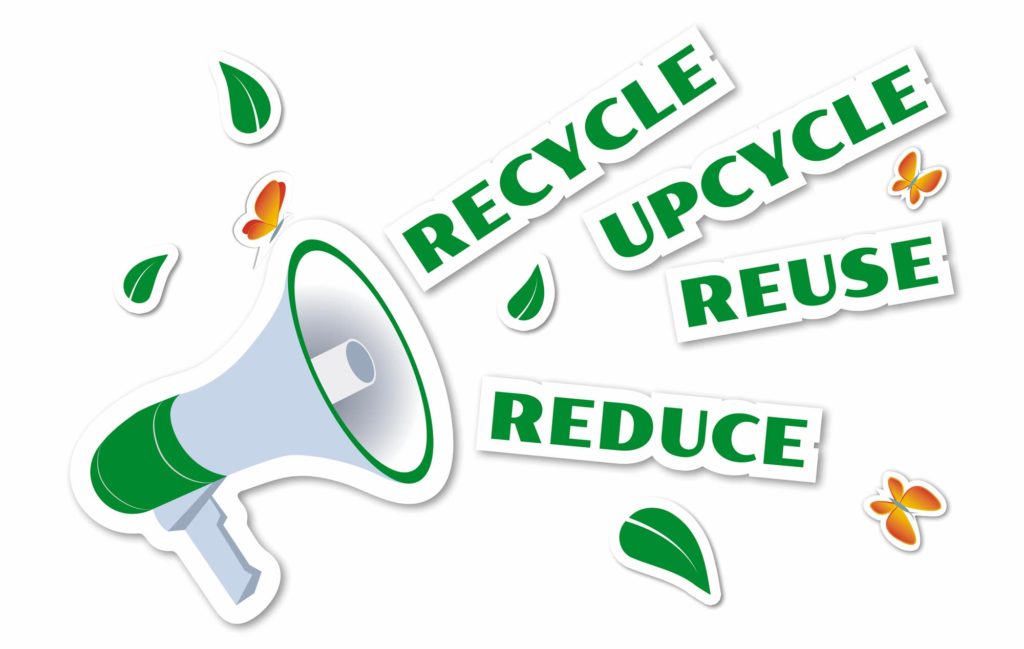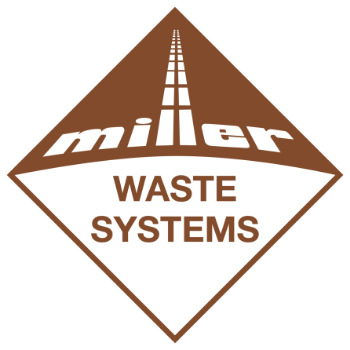You may think of waste management simply as the trucks and workers that take your garbage and recyclables. But a waste management system is a series of processes to keep your community healthy while safeguarding the natural environment. Here’s an overview of the most significant components of a waste management program.

1. Source reduction and reuse The first step in waste management is reducing waste at the source, be it your home, workplace or anywhere garbage is created. Before discarding something, you decide whether it’s still usable, whether through repurposing or donating. Other source reduction considerations involve redesign, reformulation and repackaging products to reduce waste and toxicity.
Source reduction reduces pollution, toxicity and greenhouse gas emissions while conserving energy and natural resources. It also provides a financial benefit when existing items eliminate a need for new purchases.
2. Recycling and composting This familiar step involves identifying appropriate items, typically plastics, metals and organic materials like food scraps and yard trimmings, which can be repurposed into raw materials. These newly recycled materials are then used to make new products. Recycling and composting lead to lower greenhouse gas emissions and reduced resource consumption. It also minimizes pollutants released into the air and water while easing the burden on landfills
Recycling provides a financial benefit through new jobs created in green technology. As a consumer, you support this process by purchasing products made from recycled materials.
3. Energy recovery The energy recovery component of waste reduction converts non-recyclable waste materials into usable fuel, electricity or heat. This renewable energy source can reduce the need for fossil fuels, thereby reducing carbon emissions. It also reduces methane gas emissions from landfills. The unusable portion of this type of waste, only about 10 per cent of the original waste material, goes to landfills in the form of ash.
4. Treatment and disposal Landfills are the most common final resting place for trash with no further use. Waste that must go to a landfill can be treated to reduce volume and toxicity. Most modern landfill sites are regulated and monitored to protect the environment and surrounding communities. Once they reach a prescribed limit, many landfill sites can be converted to recreational spaces like parks.
Waste management in Manitoba, Ontario, New Brunswick and Nova Scotia
Miller Waste Systems is a material recovery facility design and operation leader in Ontario, Manitoba, New Brunswick and Nova Scotia. Under our sister company, Miller Environmental Corporation, we operate the only hazardous waste management facility of its kind in Manitoba. Contact us to learn more about our scaled residential, commercial and municipal waste management solutions.
